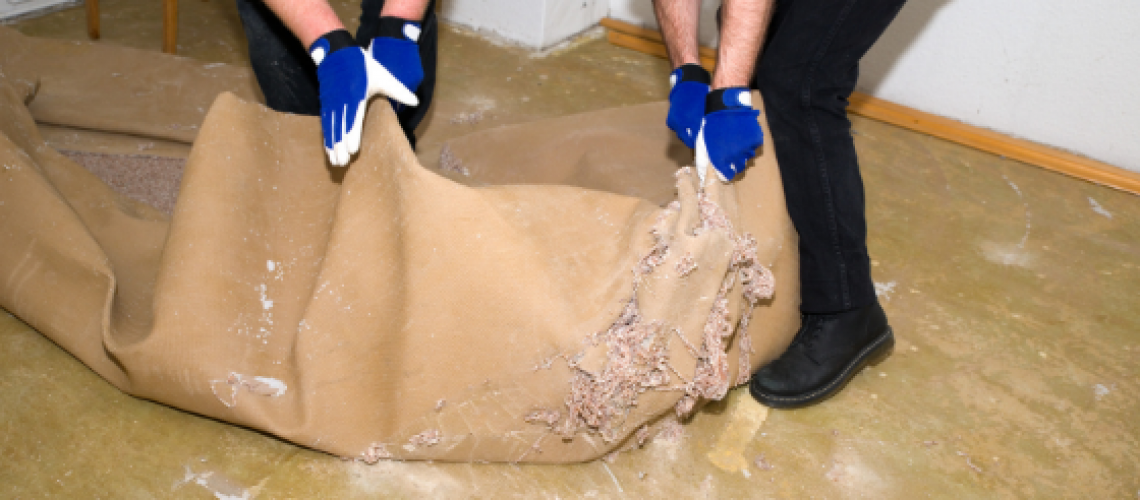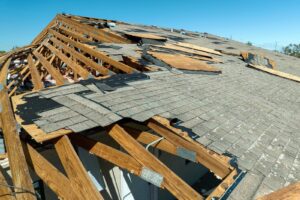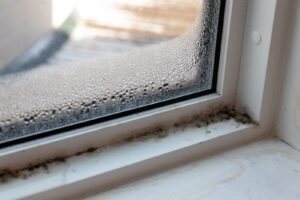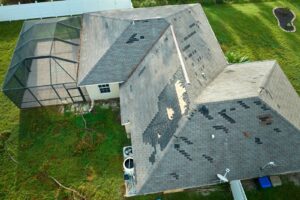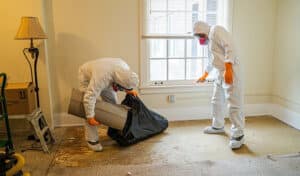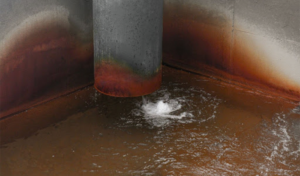After water damage has infected your home, it can be tough to recover from. If you have experienced a flood, a burst pipe, or some other water damage, your home can experience further damage if it is not dealt with properly and in a timely manner. Anywhere where there is excessive moisture, there is a danger of mold growth. Water damage can also seep into your foundation and cause structural damage.
If there has been any kind of water damage in your home recently, take these steps to avoid further damage.
Pump Out the Water
A sump pump is a real lifesaver when it comes to removing water. If there is standing water in your house, a sump pump is an answer. Whether your water damage is flooding, a busted pipe, or something else, removing water can be tricky—let a sump pump do the job for you. This submersible pump can move water out of your house through a hose or pipe. You can purchase or rent a sump pump to get the job done.
If you don’t have standing water or not very much of it, a wet/dry shop vac may be able to get the job done. Certain shop vacs are designed for wet conditions—they are able to suck water and moisture from carpets, rugs, and upholstery. An ordinary household vacuum will not get the job done; you’ll need something stronger.
Move the Air Around
Open windows and doors to encourage natural air circulation. It can also help to open up closets, cabinets, and remove drawers. Anything closed and left in the dark can be vulnerable to mold growth and will take longer to dry out. If natural air circulation isn’t enough, which after water damage it’s often not, some high-powered fans will help. You can rent or buy a large fan with lots of power. You should not use your HVAC system during dry out, there may be water in the ducts. After water damage, you should have your HVAC looked at by a professional before using it.
Remove Wet Objects
Remove any wet rugs, furniture, or other objects to reduce the moisture level. Placing them in the sun will help them dry off faster and help clear some of the moisture from the water damaged area. Be sure to remove any wet insulation from under your floors.
Get a Dehumidifier
Water damage means excessive humidity in your home. Invest in a dehumidifier (or a few dehumidifiers) will be a big help. A dehumidifier can remove water vapors from the air. When using a dehumidifier, close the windows and doors to ensure more humidity is not getting in.
For all of your restoration needs, call the masters at RestoreMasters. Our experts will have your home can to a safe and comfortable place to live in no time.

